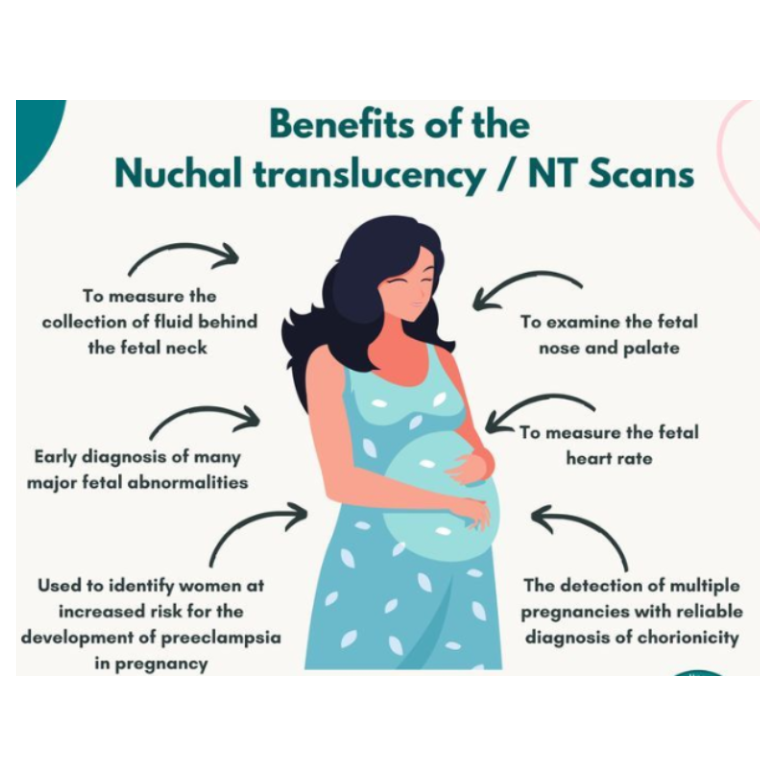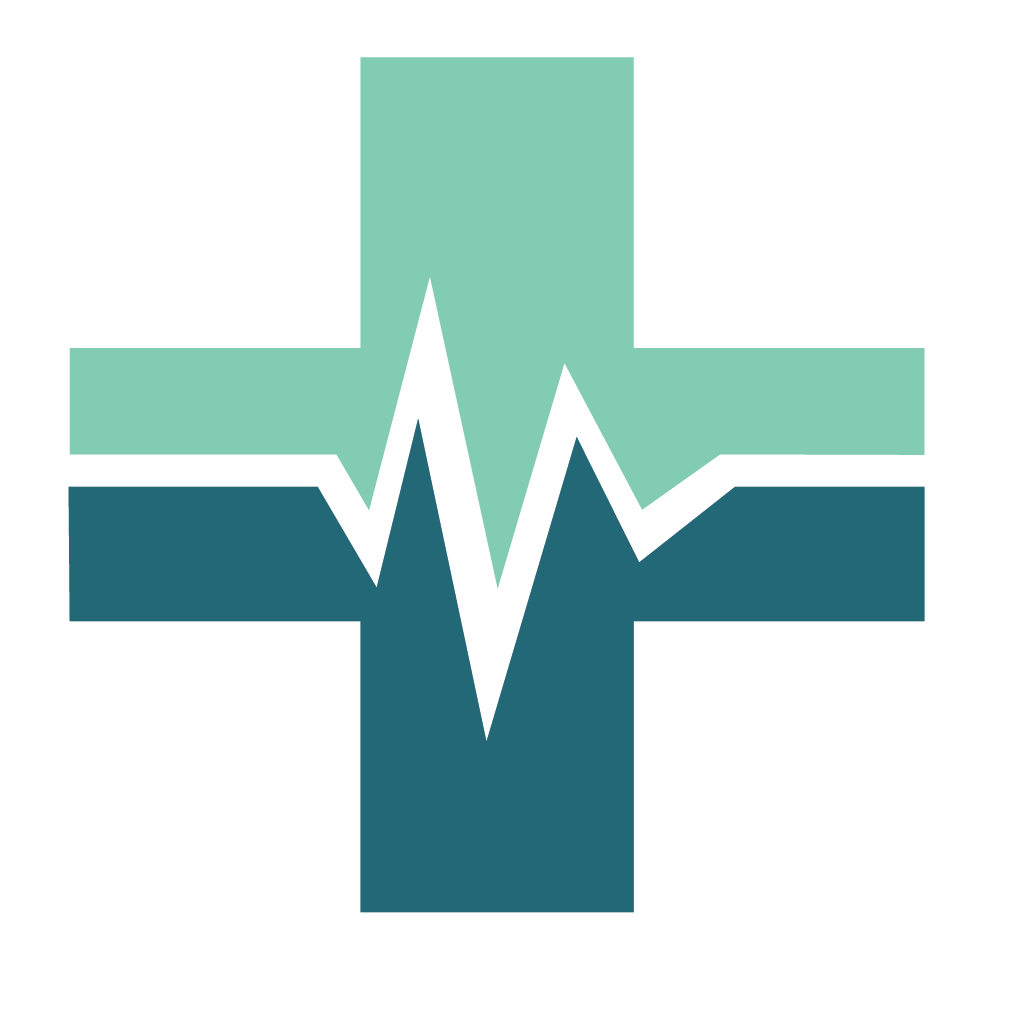+918048036246

This is your website preview.
Currently it only shows your basic business info. Start adding relevant business details such as description, images and products or services to gain your customers attention by using Boost 360 android app / iOS App / web portal.
NTNB ultrasound

Nt Nb ultrasound in rohini best diagnostic in rohini Dr. Mittal's diagnostic centre sec 8 rohini C-8/193 sec 8 rohini delhi 9811552279 7827070020 An NT NB scan is an ultrasound performed between 11 and 14 weeks of pregnancy to screen for chromosomal abnormalities in the baby. It measures the nuchal translucency (a fluid-filled space at the back of the baby's neck) and checks for the presence of the baby's nasal bone (NB). An increased NT thickness or a missing nasal bone can indicate a higher risk for conditions like Down syndrome, but the scan is a screening test, not a diagnostic one, and further tests may be recommended if a higher risk is identified. Purpose of the NT NB scan: Screen for genetic conditions: The scan helps assess the likelihood of chromosomal abnormalities such as Down syndrome (trisomy 21), Edwards syndrome (trisomy 18), and Patau syndrome (trisomy 13). Early insights into fetal health: It provides early indicators of the baby's overall health and development. Guide further decisions: The scan's results help parents and doctors decide on the need for further testing, such as prenatal genetic tests. What to expect during the scan: Procedure: A sonographer applies a gel to the abdomen and uses a transducer to capture images of the fetus. Measurements: They will measure the nuchal translucency (fluid thickness) and assess the nasal bone's development. Timing: The scan is performed between 11 and 14 weeks of pregnancy. Safety: The scan is a safe, non-invasive procedure that uses ultrasound technology and poses no risk to the mother or baby. Interpreting the results: Normal results: A normal NT measurement and a visible nasal bone suggest a lower risk for chromosomal abnormalities. Higher risk results: An abnormally thick nuchal translucency or a missing nasal bone indicates a higher risk, but does not confirm a diagnosis. Next steps: If a higher risk is found, your doctor may suggest further blood tests or diagnostic tests, such as amniocentesis or chorionic villus sampling

